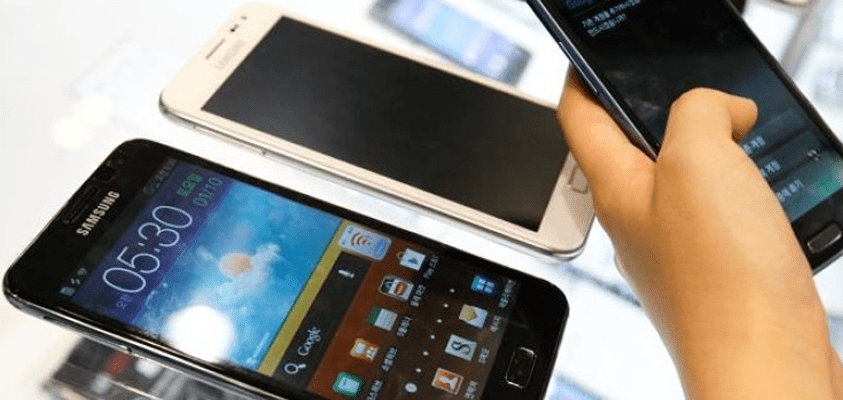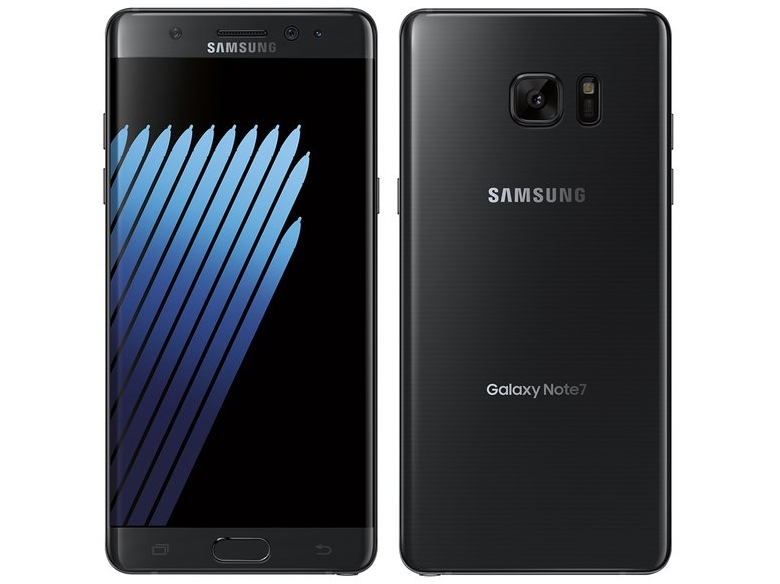I love buying new smartphones. Who doesn’t get a rush from buying the latest, coolest tech? Especially when it’s a device you’re going to use as often as your handset.
But when I head to the store, or, let’s face it, search online, there are a few very important things I keep in mind. Because like everything else in life, buying a new smartphone can be a lot more complicated than it seems.
If you follow these four tips and do a little research, though, you’ll be back home staring at your new phone and ignoring your friends and loved ones, just like me, in no time.
What phone do you want?
Before you leave the house, you’re going to have to answer one incredibly important question: What phone do you want? Are you an iPhone fan? Want the newest Google Pixel? Interested in Samsung’s latest offering? Looking at an LG, OnePlus or the Essential Phone? If you don’t know, you’ll need to make like Summer Sanders and figure it out.
How do you figure out which handset to buy? Well, if you’ve already got an Android phone, chances are you’ll still with an Android phone. If you’re an Apple (AAPL) fan, you’ll probably stick with the iPhone. If you want to take a chance and switch from Android to Apple or vice versa, though, you’ll need to take a few things into account.
The vast majority of your existing apps will easily carry over from iOS to Android and Android to iOS, but it’s good to understand that Apple’s handsets usually get new apps before Google’s (GOOG,GOOGL) Android. The iPhone also usually gets updated apps before Android-powered devices. The reason for this is simple: the iPhone has a larger install base in the U.S., so developers are going to build their apps for the platform with the most users first.
If you’re not sure what kind of phone to buy, there are a few specific features you should focus on: screen size, battery life, camera performance, overall performance and, most important of all, price.
Which carrier should you choose?
Many people already have a preferred carrier that they stick with each time they buy a new smartphone. And that’s fine. If you’re happy with your service and the price of your plan, then stick with it.
But if you want to move to a different carrier, the first step to take is to make sure that its service is reliable in your area. Ask your neighbors and friends if they experience connectivity problems near home. Check in with your coworkers to see if they can browse Snapchat (SNAP) and Instagram (FB) without any issues in the office. You’re going to want to think of the places you spend most of your time, and then see how service is in those areas.
If you’re a commuter, you might want to take into account how connectivity is along your route to and from work. You can also opt for a monthly data plan, and test out how each carrier performs in your area to ensure you have the best connection possible.
Choose the plan that’s right for you
It might sound like a good idea to sign up for an unlimited data plan when you buy a new phone. After all, who doesn’t want to stream an endless number of shows on Netflix (NFLX) while downloading songs from Apple Music and playing online multi-player games with your friends?
But just because you can get an unlimited data plan, doesn’t mean you necessarily should. Take Verizon’s (VZ) offerings, for example. An unlimited plan will cost an individual person $75 per month. But you can also get 4GB of data for $50 per month. So, if you’re not the kind of person who is constantly on social media and streaming movies, 4GB of data per month is likely more than enough for you.
(Verizon is Yahoo Finance’s parent company.)
T-Mobile (TMUS), meanwhile, offers just one plan, appropriately called T-Mobile One. This service gets you unlimited data for $70 per month for a single line with the option to add 10GB of hotspot data. For an extra $25, T-Mobile will throw in unlimited international calling and unlimited data for your hotspot.
And don’t forget to read all of the fine print when buying a plan. Some carriers will only offer advertised prices for customers who sign up for autopay payment options.
Make sure your account is up to date
This one might sound obvious, but it’s certainly worth keeping in mind. If your carrier bill is overdue, you’re going to have to pay up before you can buy a new phone with the same account.
What’s more, if you’re still paying off an existing phone on a finance plan and are set on buying a new handset, it’s important to note that you’re still going to have to pay off your old device in addition to your new one.
If you can do all of that, you’re sure to get the smartphone you want, with the plan you want, for the price you want, and not have to think about it again … until the next phone comes out.

 Latest4 days ago
Latest4 days ago
 Latest2 days ago
Latest2 days ago
 News1 day ago
News1 day ago
 Latest3 days ago
Latest3 days ago
 Energy5 days ago
Energy5 days ago
 Comments and Issues5 days ago
Comments and Issues5 days ago
 Business5 days ago
Business5 days ago
 Business5 days ago
Business5 days ago





